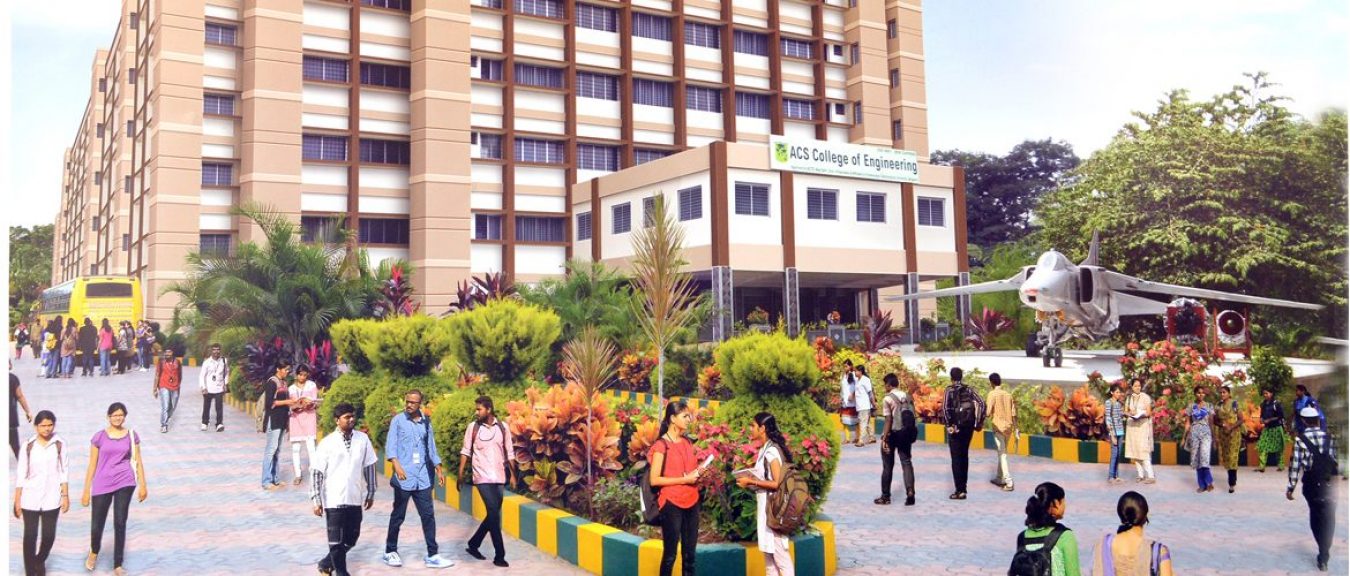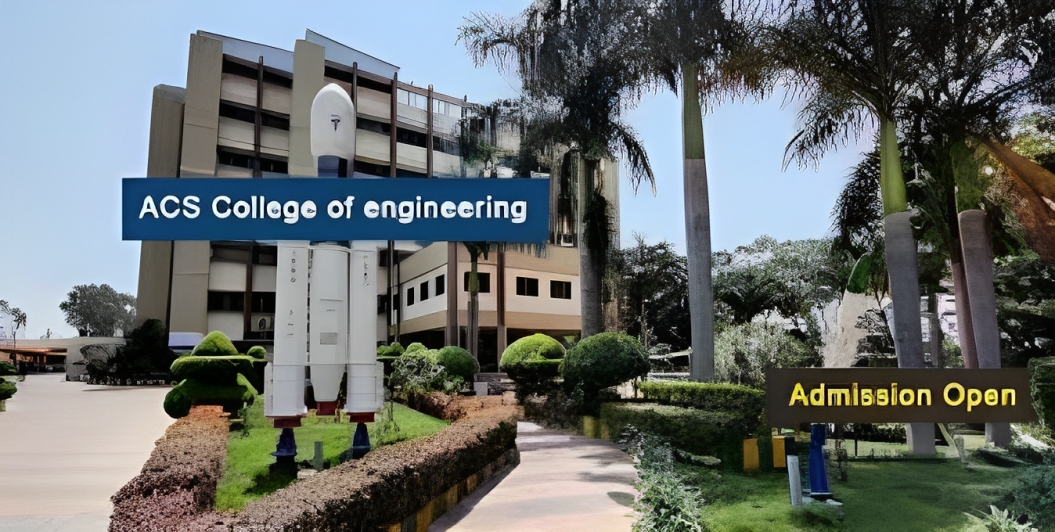India, home to some of the world’s most vibrant and populous cities, is poised at the cusp of a transportation revolution. With urbanisation accelerating and city populations swelling, the need for innovative solutions to alleviate congestion and enhance mobility has never been more pressing. Urban air mobility (UAM) presents a promising avenue for addressing these challenges, and aeronautical engineering stands at the forefront of pioneering solutions that could reshape the urban transportation landscape across India.
Context of Urban Air Mobility in India
Urban Air Mobility (UAM) represents a paradigm shift in urban transportation, offering on-demand aerial mobility solutions within urban areas. It encompasses a range of vehicles, including electric Vertical Takeoff and Landing aircraft, drones, and flying taxis, designed to transport passengers and cargo swiftly and efficiently through the airspace above cities.
- Urbanization Dynamics: India is experiencing rapid urbanisation, with its cities expanding and populations swelling. This demographic shift is placing immense pressure on existing transportation infrastructure, leading to congestion, pollution, and inefficiencies in urban mobility.
- Transportation Challenges: The traditional modes of urban transportation in India, including roadways and railways, are struggling to keep pace with the demands of growing cities. Congestion, long commute times, and inadequate public transportation options are common issues faced by residents in major urban centres.
To fully realise the benefits of UAM, collaboration between aeronautical engineers, urban planners, policymakers, regulators, and industry stakeholders is essential. Together, they can address technical, regulatory, and social challenges, paving the way for the widespread adoption of UAM and reshaping the future of urban transportation.
Aeronautical Engineering Solutions for Urban Air Mobility
In the context of Indian urban air mobility (UAM), aeronautical engineering solutions play a pivotal role in addressing the unique challenges and requirements of the Indian urban landscape. Here are some key aeronautical engineering solutions tailored for Indian UAM:
- Adaptation to Urban Airspace Constraints: Aeronautical engineers need to design UAM vehicles that can efficiently navigate the complex and congested urban airspace of Indian cities. This involves optimising vehicle designs for vertical takeoff and landing (VTOL), ensuring manoeuvrability in tight spaces, and integrating advanced flight control systems for precise navigation.
- Electric Propulsion Systems: Given India’s commitment to sustainable development and reducing carbon emissions, aeronautical engineers focus on developing electric propulsion systems for UAM vehicles. These systems need to be efficient, lightweight, and capable of providing sufficient power for vertical takeoff and sustained flight, while also ensuring fast recharge times to support frequent urban operations.
- Infrastructure Design: Aeronautical engineers collaborate with urban planners to design and implement vertiports and skyports across Indian cities. These facilities must be strategically located to serve densely populated areas, equipped with charging infrastructure for electric UAM vehicles and designed to facilitate smooth passenger flow and efficient operations.
- Autonomous Flight Technologies: Autonomous flight capabilities are essential for safe and efficient UAM operations in Indian cities. Aeronautical engineers work on developing and integrating advanced autonomous flight technologies, including sensors, artificial intelligence, and real-time data processing, to enable UAM vehicles to navigate autonomously, avoid obstacles, and optimise flight paths.
- Noise Reduction Technologies: Addressing noise pollution is crucial for gaining public acceptance of UAM in densely populated Indian urban areas. Aeronautical engineers research and develop noise reduction technologies, such as advanced rotor designs, sound-absorbing materials, and active noise cancellation systems, to minimise the noise footprint of UAM vehicles during takeoff, landing, and flight.
- Regulatory Compliance and Safety: Aeronautical engineers collaborate with regulatory authorities to ensure that UAM vehicles comply with safety standards and regulations specific to Indian airspace. This includes conducting rigorous testing and certification processes, implementing redundant systems for enhanced safety, and integrating features such as collision avoidance systems to mitigate the risk of mid-air collisions in congested urban airspace.
By focusing on these aeronautical engineering solutions tailored for Indian urban air mobility, stakeholders can overcome the unique challenges and harness the transformative potential of UAM to enhance urban transportation, connectivity, and sustainability in India
.
UAM Environmental Impact and Sustainability
Urban air mobility (UAM) has the potential to offer significant benefits in terms of transportation efficiency and accessibility in India’s rapidly growing urban areas. However, it’s essential to consider the environmental impact and sustainability aspects associated with the widespread adoption of UAM in India.
Environmental Impact
Is there an environmental impact surrounding urban air mobility? With the high level of pollution caused by commercial aircrafts is it a right step ahead? Check it for yourself:
- Carbon Emissions: Traditional fossil fuel-powered aircraft contribute to carbon emissions and air pollution. However, the adoption of electric propulsion systems in UAM vehicles can significantly reduce carbon emissions, especially in a country like India, where there’s a growing emphasis on transitioning to renewable energy sources.
- Noise Pollution: The operation of UAM vehicles, particularly in densely populated urban areas, can contribute to noise pollution. Aeronautical engineers must develop noise-reducing technologies and implement flight paths that minimise disturbances to communities living near vertiports and flight routes.
- Energy Consumption: While electric propulsion systems offer a cleaner alternative to traditional engines, the energy required to charge UAM vehicles needs to be sourced from renewable energy to maximise
- environmental benefits. Developing infrastructure for renewable energy generation and storage will be essential to support sustainable UAM operations.
Sustainability
UAM most definitely has environmental impact but if that is taken care of is there a sustainability angle to the issues? Here is your detailed answer:
- Infrastructure Planning: Sustainable infrastructure planning is crucial for the successful implementation of UAM in India. This includes designing vertiports and skyports with energy-efficient features, integrating renewable energy sources, and implementing charging stations powered by clean energy.
- Life Cycle Assessments: A comprehensive life cycle assessment of UAM vehicles is necessary to evaluate their overall environmental impact. This assessment should consider factors such as manufacturing processes, energy consumption during operation, and end-of-life disposal to ensure sustainability throughout the vehicle’s life cycle.
- Regulatory Frameworks: Implementing regulatory frameworks that prioritise sustainability and environmental protection is essential. This includes setting emission standards for UAM vehicles, establishing noise pollution regulations, and promoting the use of renewable energy in UAM operations through incentives and policies.
- Public Awareness and Acceptance: Educating the public about the environmental benefits of UAM and addressing concerns related to noise pollution and visual impact are crucial for gaining public acceptance. Engaging with local communities and stakeholders in the planning and implementation process can help ensure that UAM initiatives align with sustainability goals and meet the needs of all stakeholders.
Urban air mobility holds immense promise for transforming urban transportation in India, offering a scalable and sustainable solution to address the challenges of congestion, pollution, and limited mobility. Aeronautical engineering is driving the development of innovative technologies and solutions that are tailored to India’s unique urban landscape, paving the way for a future where the skies are integrated seamlessly into the urban transportation network. If you are someone who is intrigued by the field of aeronautical engineering and wish to explore the subjects you can visit us at ACS College of Engineering and learn what the field caters to.



